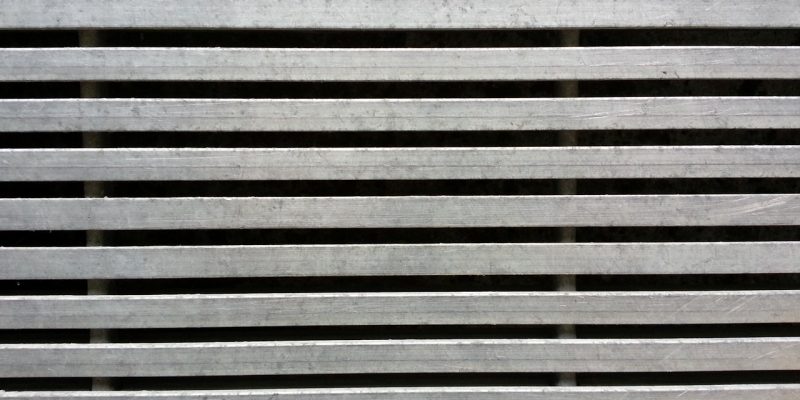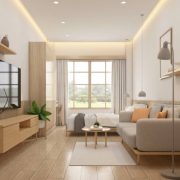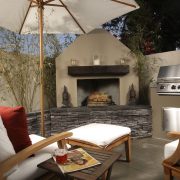Aluminum wall panels have become increasingly popular in building design due to their numerous benefits and advantages. These panels are made from a lightweight and durable material that offers a range of benefits over traditional building materials such as wood or concrete. In this article, we will explore the various advantages of aluminum wall panels in building design and why they are becoming the material of choice for architects and designers.
1. Lightweight and Easy to Install
One of the main advantages of aluminum wall panels is their lightweight nature. Compared to other building materials, such as concrete or brick, aluminum panels are significantly lighter. This makes them easier to handle, transport, and install. The lightweight nature of aluminum panels also reduces the load on the building structure, which can lead to cost savings in terms of foundation and structural support requirements.
2. Durability and Longevity
Aluminum wall panels are highly durable and have a long lifespan. Unlike wood or concrete, aluminum panels are resistant to corrosion, rot, and UV radiation. This makes them ideal for exterior applications where exposure to the elements is a concern. Aluminum panels also have a high resistance to fire, which can improve the safety and security of a building.
In addition to their durability, aluminum wall panels are also lightweight, making them easier to install and transport . You can Check Out Here for installation they have a wide range of design options available, including different colors, finishes, and patterns. This allows for greater creativity and customization in architectural designs.
Another benefit of aluminum panels is their low maintenance requirements. Unlike wood, they do not require regular painting or sealing to maintain their appearance and integrity. Simply cleaning them periodically with soap and water is usually sufficient to keep them looking new.
Furthermore, aluminum panels are environmentally friendly. They are often made from recycled materials, and they can also be recycled at the end of their life cycle, reducing waste and conserving resources. This makes them a sustainable choice for construction projects.
Overall, aluminum wall panels offer a combination of durability, versatility, safety, and sustainability that makes them an excellent choice for both residential and commercial buildings. Whether used for cladding, roofing, or decorative purposes, they provide a reliable and attractive solution that can enhance the aesthetics and functionality of any structure.
3. Energy Efficiency
Another significant advantage of aluminum wall panels is their energy efficiency. These panels offer excellent thermal insulation properties, which can help reduce heating and cooling costs in buildings. The insulation properties of aluminum panels help to maintain a comfortable indoor temperature by minimizing heat transfer through the walls.
4. Versatility and Design Flexibility
Aluminum wall panels offer a wide range of design options and can be customized to meet specific aesthetic requirements. These panels can be easily shaped, curved, or perforated to create unique and eye-catching designs. They are available in a variety of colors, finishes, and textures, allowing architects and designers to achieve their desired look and feel.
Aluminum wall panels are a versatile and popular choice for architectural design. They offer a wide range of design options, allowing architects and designers to create unique and eye-catching designs. These panels can be easily shaped, curved, or perforated, giving them the ability to be customized to meet specific aesthetic requirements.
One of the key advantages of aluminum wall panels is their versatility. They can be shaped into various forms, including curves and bends, allowing for creativity and flexibility in design. This makes them ideal for creating visually striking and unique facades.
In addition to their versatility, aluminum wall panels are available in a wide variety of colors, finishes, and textures. This allows architects and designers to achieve their desired look and feel for a project. Whether it’s a sleek, modern finish or a more rustic and textured appearance, aluminum wall panels can be tailored to suit any design style.
Furthermore, aluminum wall panels are lightweight yet durable. This makes them easy to install and reduces the overall weight and load on the building structure. They are also resistant to corrosion and weathering, ensuring that they maintain their appearance over time.
Overall, aluminum wall panels offer a wide range of design options and customization possibilities. Their versatility, variety of colors and finishes, and durability make them a popular choice for architects and designers looking to create visually appealing and unique building facades.
5. Sustainable and Recyclable
Aluminum is a highly sustainable material that can be recycled repeatedly without losing its quality. The production of aluminum wall panels requires less energy compared to other materials, such as concrete or steel. This reduces the carbon footprint and environmental impact of the building.
Additionally, aluminum wall panels are lightweight, making them easier to transport and install. This not only saves time and resources during construction but also reduces the overall load on the building’s structure.
Furthermore, aluminum is resistant to corrosion and has a long lifespan, making it a durable choice for wall panels. This means less maintenance and replacement over time, further reducing the environmental impact.
Moreover, aluminum is a non-toxic material and does not release harmful chemicals or gasses into the environment. This makes it a safe and sustainable choice for building materials.
In conclusion, aluminum wall panels offer numerous sustainability benefits. From its recyclability and energy efficiency to its durability and non-toxic nature, aluminum is a material that is both environmentally friendly and economically viable for the construction industry.
Conclusion
Aluminum wall panels offer a wide range of benefits in building design. From their lightweight and easy installation to their durability, energy efficiency, design flexibility, and sustainability, these panels have become the material of choice for architects and designers.




















